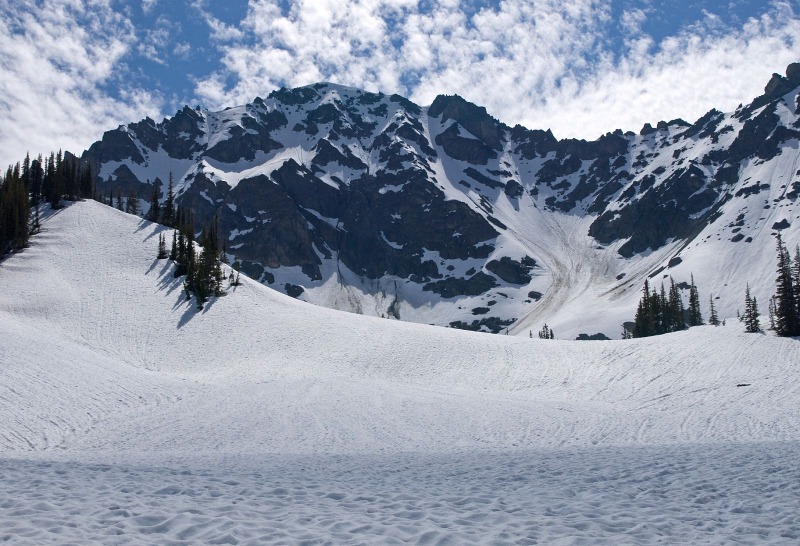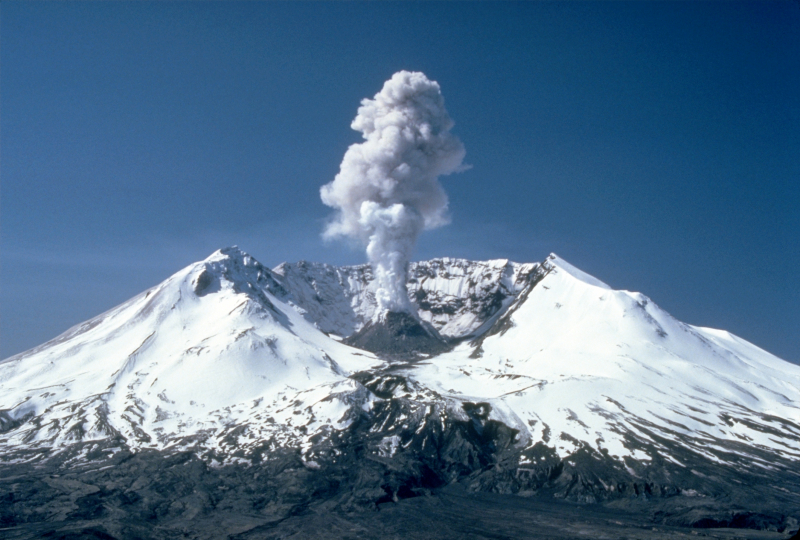Mount St. Helens

Just south of Mount Rainier and located within the Gifford Pinchot National Forest, Mount St. Helens stands as a testament to Washington's volcanic past and present. It is best known for its dramatic 1980 eruption, which scorched more than 200 square miles of the surrounding forest. Visitors to the Mount St. Helens National Volcanic Monument today can still see the major impacts of this massive geological event that happened 40 years prior.
Mount St. Helens is geologically young compared with the other major Cascade volcanoes. It formed only within the past 40,000 years, and the summit cone present before its 1980 eruption began rising about 2,200 years ago. The volcano is considered the most active in the Cascades within the Holocene epoch, which encompasses roughly the last 10,000 years. Lakes, caves, and wildflowers are at the center of recreation at Mount St. Helens, and users with a permit can even make the steep climb to the edge of the crater. One of the most interesting aspects of visiting Mount St. Helens is learning about its geological history. As well as a narrated experience, this tour takes care of all the logistics of traveling to the crater and back, plus a locally sourced lunch.
Distance from Seattle: 121.3 miles
Travel time: 2 hours 11 minutes
Location: Skamania County, Washington, United States
Google Rating: 4.6/5











